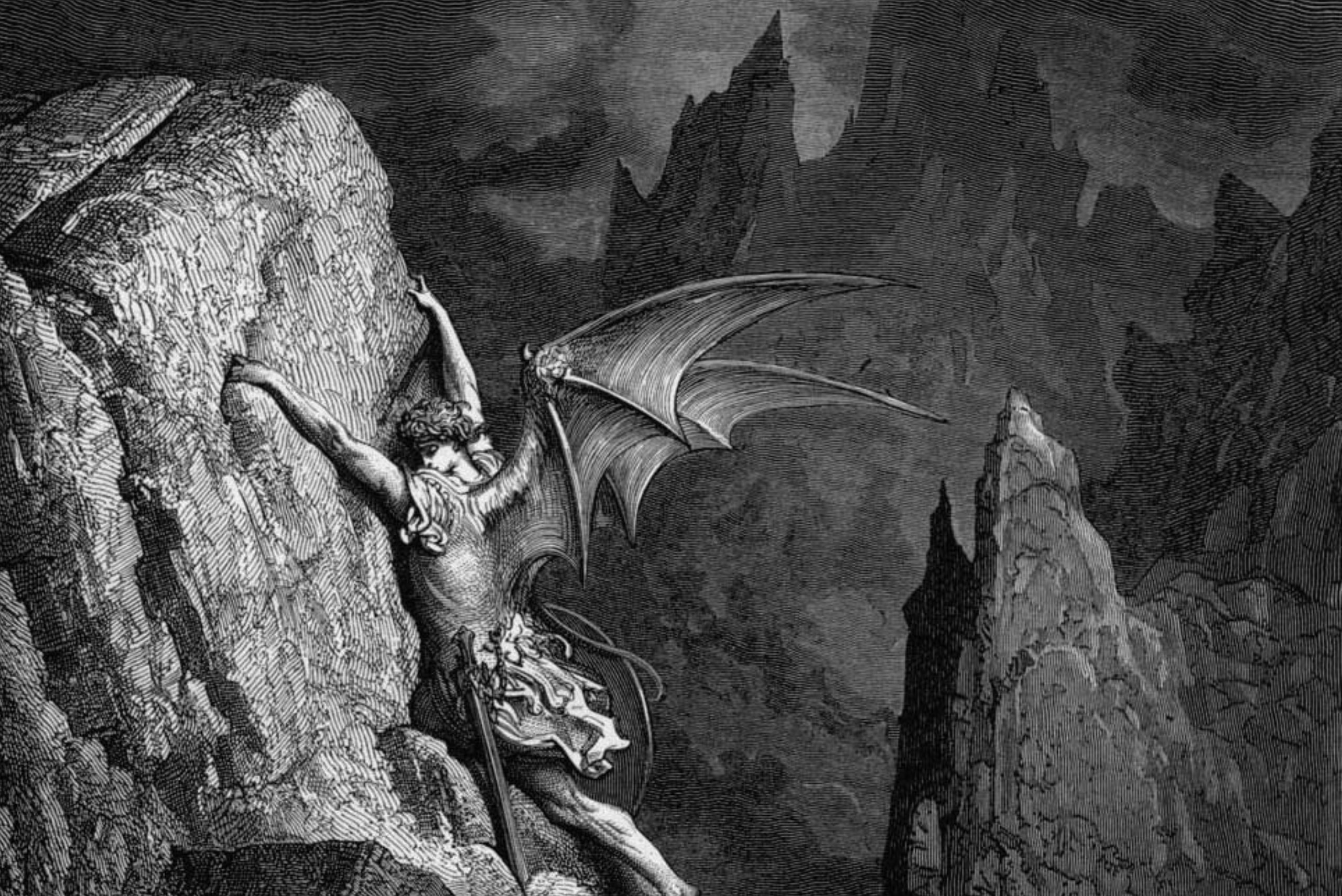In college I had a housemate who was a DJ at a Christian radio station. He believed (and freely admitted) that the music he played at the radio station was mostly a watered down imitation of the pop and rock music that was his first love. He viewed it as an act of spiritual sacrifice to give up “secular” music for “Christian” music that he considered artistically inferior. At the time I didn’t know what to think of this pious sentiment. I have since decided that this kind of thinking is a threat to civilization.
I hear a lot of folks complain about bad art, and especially bad Christian art. I’m not really interested in jumping on that dog pile, but I do want to offer a distinction that might be helpful—a distinction between the right kind of bad art and a wrong kind of bad art.
The right kind of bad art is the bad art that you make on the way to making good art. If you’re trying to make something good, but you just aren’t there yet, that’s nothing to be ashamed of. That kind of bad art is just part of the process. Keep fighting the good fight; you’ll get better. In fact, you’ve already gotten better. Just think what you used to write and draw when you were little. You wouldn’t believe some of the garbage I’ve seen posted on preschoolers’ refrigerators.
It is exceedingly hard to make good art. With very limited tools (words, pigments, paintbrushes, musical notes, musical instruments, etc), you’re trying to create for the reader/viewer/audience an experience that feels in some way like the world God made. People fail at it more often than they succeed. As I said, before, there’s no shame in failing at a task so rigorous. What hurts my feelings is all the art that is put into the world by people who aren’t even trying to do good work.
Flannery O’Connor, a very good Catholic fiction-writer, wrote of the bad Catholic fiction-writer, “usually his sorry productions are a result, not of restrictions that the Church has imposed, but of restrictions that he has failed to impose on himself.” Yes and amen. My DJ-housemate thought he was circumscribing his expansive tastes, submitting them to the limitations of his faith. In fact, I think he was doing the opposite: by accepting and propagating substandard (but Jesus-adjacent) art, he was excusing Christian artists from the limitations of their art, which, as O’Connor points out, are considerably narrower than the limitations of faith. I don’t mean to suggest that faith commitments put no restrictions on the cultural artifacts we make or consume. There can be no such thing as Christian pornography, for instance.
We are surrounded by cultural artifacts produced by people who believe that non-artistic concerns (including but not limited to theological, ideological, emotional, and especially commercial concerns) excuse the artist from the rigors imposed by art. I’m not just talking about “Christian” art. This criticism applies equally to Ayn Rand, Hallmark movies, pedantic children’s books, and much of the music produced in my adopted hometown of Nashville, Tennessee (Bobby Bare, Jr. was onto something when he said that Nashville produces the best music in the world, and also the worst).
“If writing is your vocation,” writes O’Connor, “then, as a writer, you will seek the will of God first through the laws and limitations of what you are creating.” To write that way requires that one develop what O’Connor called the habit of art: “I think this is more than just a discipline, though it is certainly that; I think it is a way of looking at the created world and of using the senses so as to make them find as much meaning as possible in things.” The eye of the artist sees through manners to mysteries. The very idea that the sensory world is shot through with meaning is a spiritual principle first and an artistic principle only by extension. I may be stating the obvious here, but the habit of art is a spiritual habit.
Besides being a habit of mind and spirit, the habit of art must also be a daily habit. “The artist knows total dependence on the unseen reality,” writes Madeleine L’Engle. “The paradox is that the creative process is incomplete unless the artist is, in the best and most proper sense of the word, a technician, one who knows the tools of his trade, has studied his techniques, is disciplined.”
It is true that writing involves mysteries over which we have no control. The wind—including the wind of writerly inspiration—blows where it wishes. But some factors we can control, and those factors are largely a matter of habit. We can sit down every day. We can turn off the Internet. We can put our words down on the page, as uninspired as they may be on any given day. We can sharpen our skills. We can stay in the chair in the hope that today is the day that the wind will blow. As we commit to the slow work of habit, we create places where the mysteries can find purchase.
Perhaps that’s just another way of saying that we commit to making bad art until we finally make good art; we make bad art, but we don’t settle for bad art. All of which means we have to leave room for grace.
I work pretty hard at writing, and yet every good story or essay I’ve ever written has felt like grace. In daily practice, the mere act of sitting down and doing the work is a spiritual discipline. Most days, I don’t write anything that’s fit to show. Most days, the best I can say is, “Lord, I believe. Help me in my unbelief.” Then I wade in and hope for the best.
Every day I have to learn what I’m doing, as if I’ve never done this before. Then sometimes, for reasons that remain mysterious to me, the wind blows and I manage to forget about myself long enough for something good to take shape.








